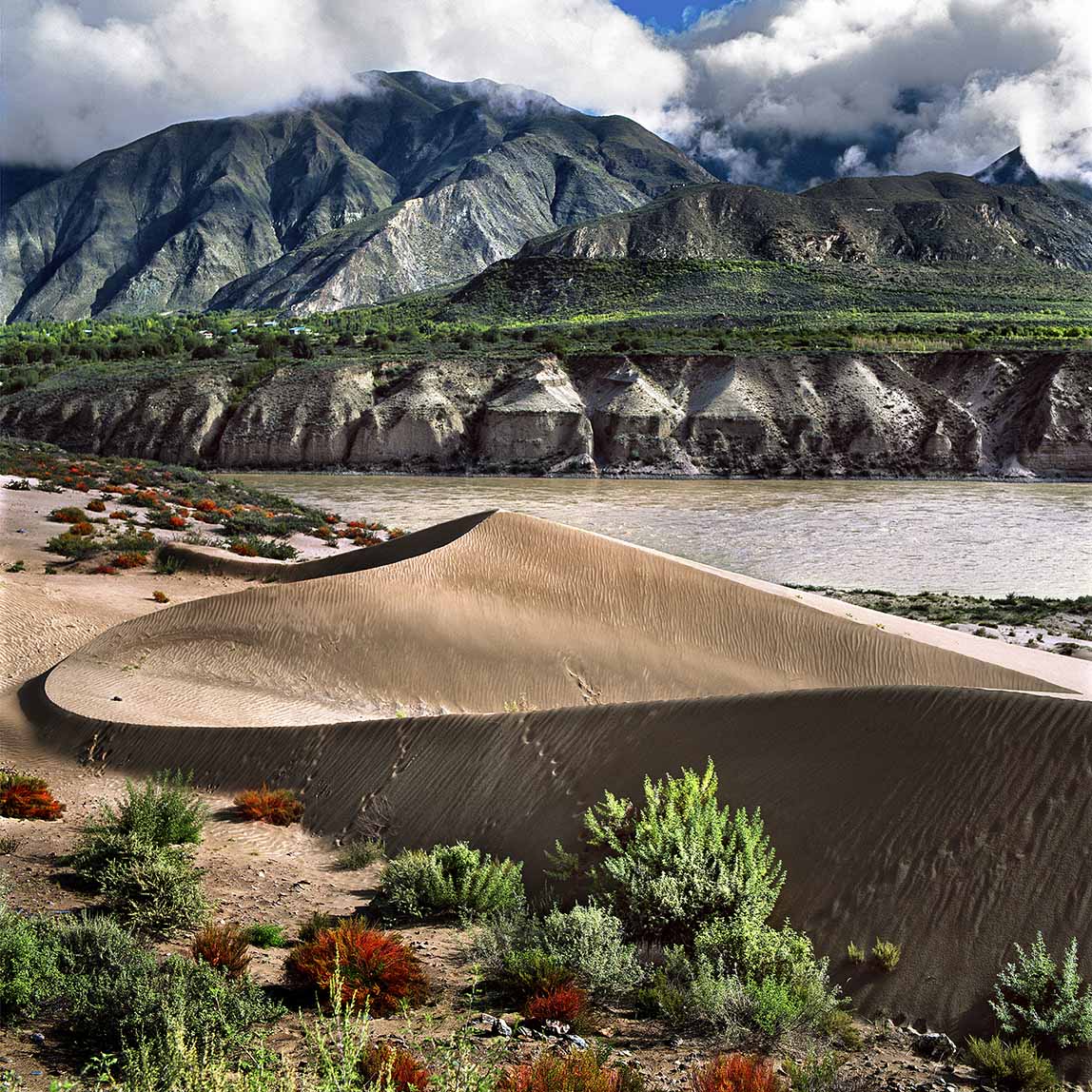
Precious water
The Himalayan hinterland looks like a desert – a desert at high altitude where life is concentrated in rare oases, the highest in the world; without palm trees and sometimes even without trees. However, there is no shortage of water. First of all, there are large rivers which flow from the glaciers and join the Indus and the Brahmaputra. But these powerful rivers are dangerous and people are wary of them. They prefer to settle on the banks of secondary streams, which are easier to control and divert in order to irrigate their fields. Human occupation here remains weak and fragmented because sites favourable to human settlement are rare.
Furthermore, these Tibetan highlands have many lakes. In the titanic geological collision that created the Himalayas, the land behind the line where the lithospheric plates of Asia and India collided was raised to 4,000 meters above sea level. These fractured, dented and haphazardly raised plateaux form numerous natural basins suitable for the formation of swamps or lakes. Some of them can reach several tens of kilometres in length: Lake Pangong, in Ladakh, located on the border of India and China, at an altitude of 4250 m, is 134 km long.
Paradoxically, the dry slope of the Himalayas is coveted for the abundance of its waters. India and Pakistan have already clashed over control of the Siachen Glacier. It was “the water war”, which at 6000m above sea level was the world’s highest war.



